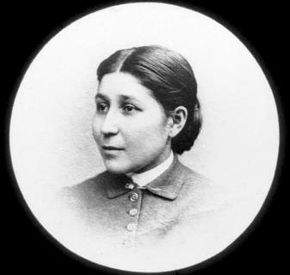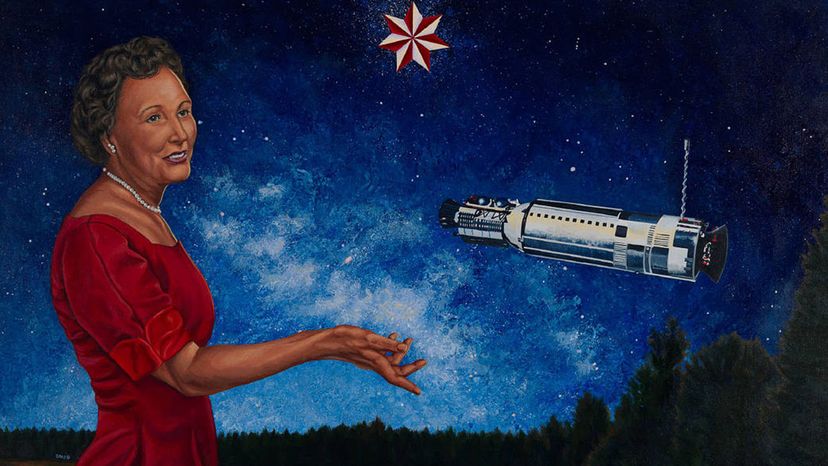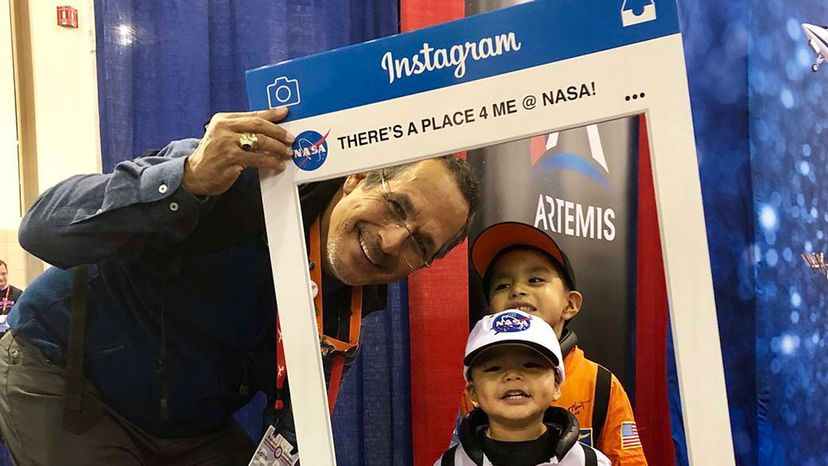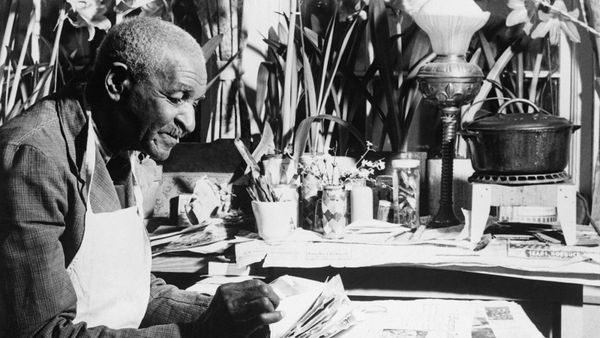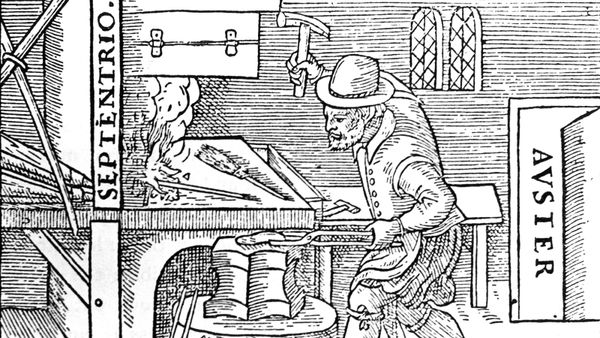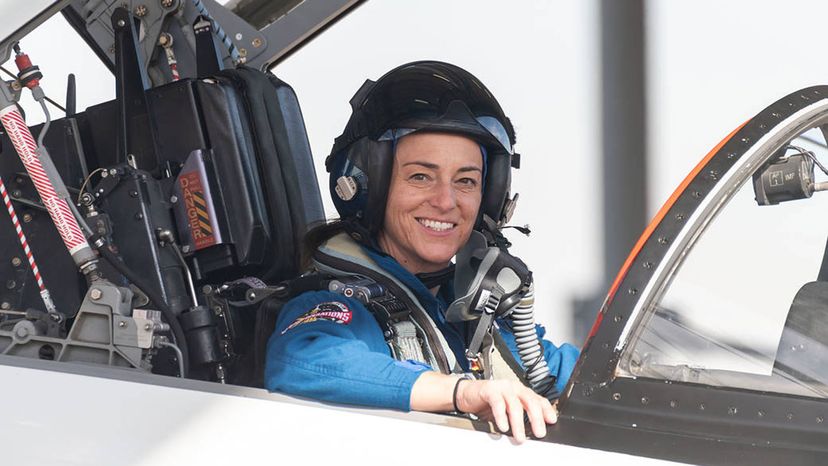
Key Takeaways
- Underrepresentation of Native Americans in the sciences is an ongoing issue. Native Americans and Alaska Natives comprise only 0.1 percent of U.S. scientists, despite efforts by organizations like the American Indian Science and Engineering Society to improve these numbers.
- These Native American scientists are responsible for a wide range of unique achievements, from becoming the first Native American female physician to becoming the first Native American woman in space.
- All of these scientists have integrated their heritage into their scientific work.
"Medicine, engineering, astronomy, and math are as Indigenous to the Americas as the Native Peoples who practice them," says the National Museum of the American Indian website.
Still, most Americans are probably not aware of Native contributions in these fields, nor with the scientists behind them. Today, Native Americans and Alaska Natives make up 0.1 percent of scientists in the U.S., although they represent 1.2 percent of the population. One study found that they were also underrepresented in science and engineering faculty.
Advertisement
Fortunately, several organizations, like the American Indian Science and Engineering Society (see the "Now That's Cool" section) are seeking to change that and increase representation.
In this article, we celebrate eight men and women whose contributions to science, engineering and math were inseparable from their proud identities as Indigenous Americans. They are listed in chronological order of their births.
Advertisement
